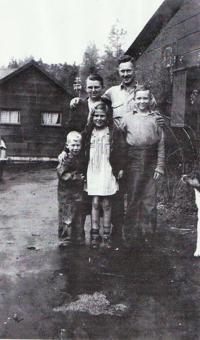These stories are covered in the Street Smarts quiz
- Arizona Daily Star
- Updated
- By David Leighton Arizona Daily Star
- Updated
Sheriff "Pat" Garrett was both famous and infamous during his multiple careers.
- By David Leighton Arizona Daily Star
- Updated
McCormick Park on Tucson’s north side is named for a nationally prominent marriage/family expert, magazine writer and advocate of progressive …
- David Leighton For The Arizona Daily Star
- Updated
Homesteading - or claiming federal land with the intent of living on it and improving it - gave a prominent northwest-side street its name.
Web Only
- By David Leighton For the Arizona Daily Star
- Updated
Emery Park started as place for people to live, raise poultry
Web Only
- By David Leighton For the Arizona Daily Star
- Updated
Popular four-time mayor once got 100 of 101 votes cast.
Web Only
- By David Leighton For the Arizona Daily Star
- Updated
Girls graded on math, darning socks; boys on reciting history, wielding hoes.
- David Leighton For the Arizona Daily Star
- Updated
Tony Tucson neighborhood may have started out as a small ranch.
View this profile on Instagram#ThisIsTucson 🌵 (@this_is_tucson) • Instagram photos and videos
Most viewed stories
-
Over 40 free events happening in Tucson this December! ⛄
-
Save the date! Here's the ultimate list of Tucson holiday events 🎄
-
Where to get your tamales this holiday season, recommended by our readers
-
A large list of fun and festive events in December! 🎄❄️
-
17 festive holiday markets that support Tucson artisans
-
Get fresh bread and flaky, buttery croissants at the MSA Annex's new micro-bakery 🥖
-
30 fun events happening this weekend, November 21-23!










